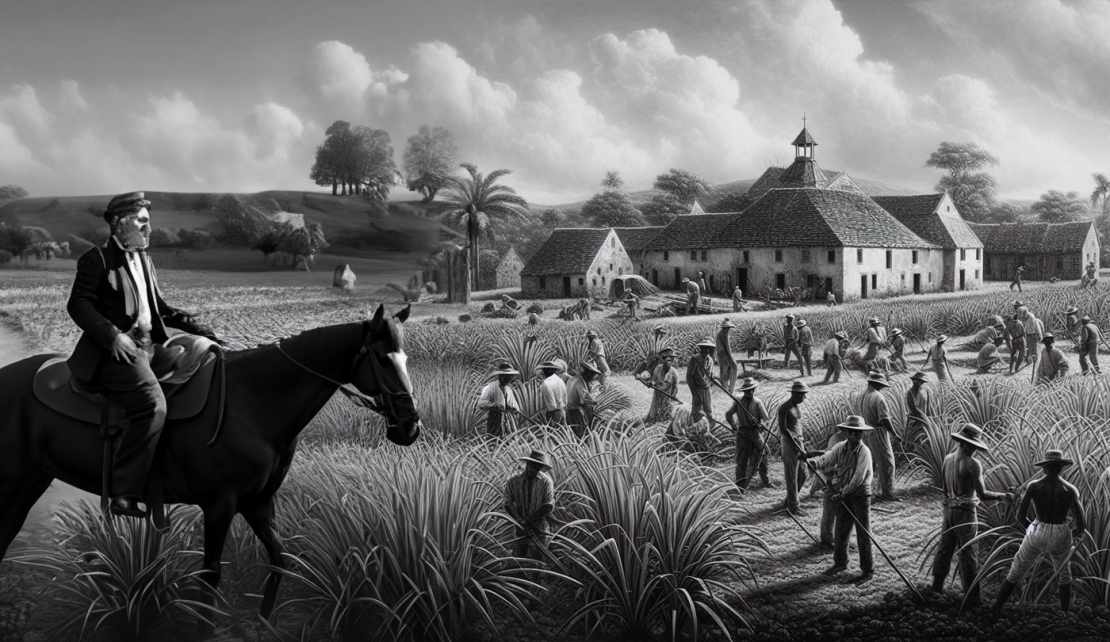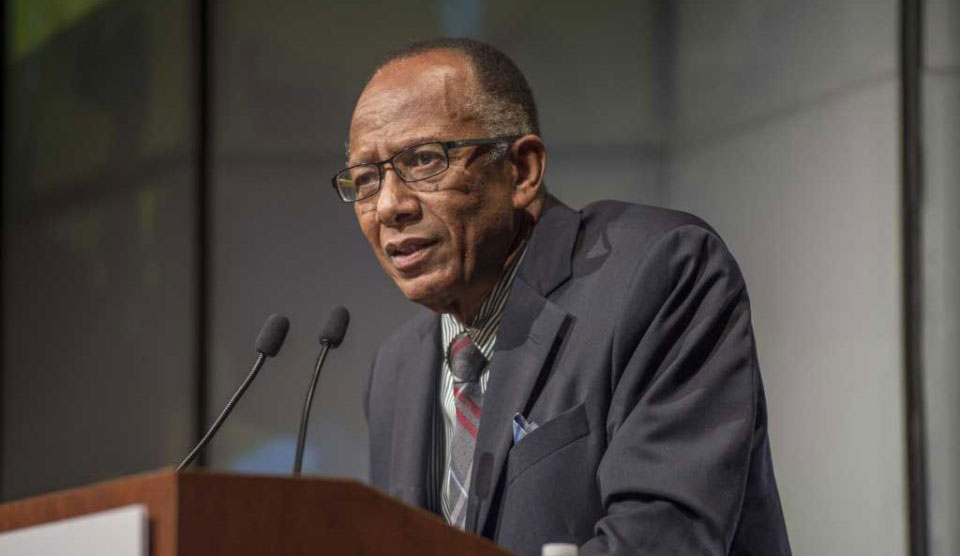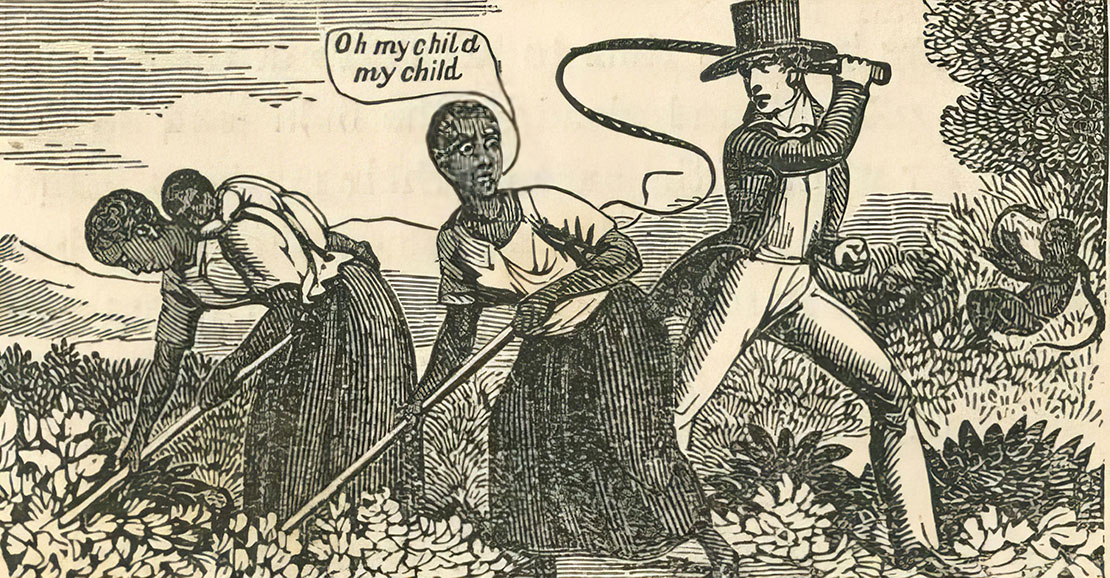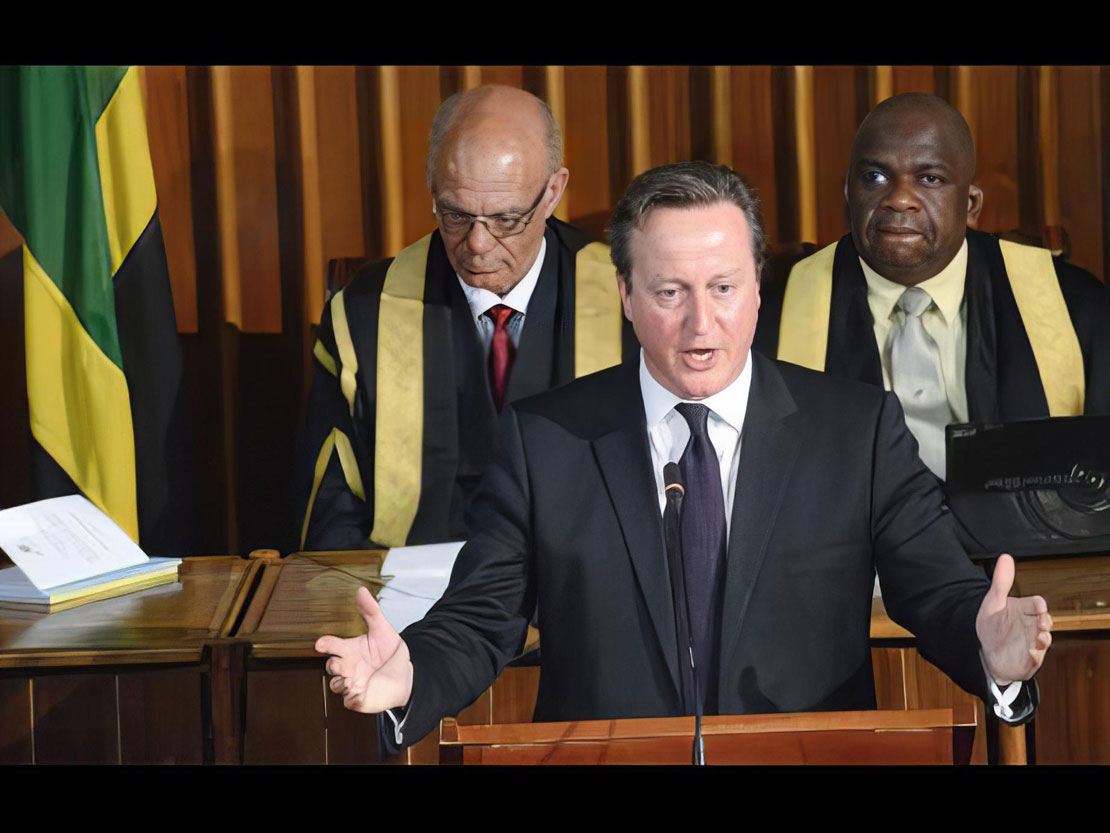JAMAICA | The Shadows of a Brutal Past: Jamaica's Struggle with Violence

Jamaica, a nation known for its vibrant culture and breathtaking landscapes, is also grappling with a ghastly legacy. The island has witnessed a surge in violent crimes, with over 1,300 murders recorded since the beginning of the year.
This alarming statistic, is projected to rise to nearly 1,400 by year's end. Its not just a contemporary issue but deeply rooted in the nation's history.

A Legacy of Violence
Within Jamaica's homes, a horrific legacy unfolds. Our historically ingrained violence, a cruel inheritance from the days of slavery and colonial subjugation, continues to manifest.
The toxic teachings of the 'buckra massa' have endured: that harsh punishment is the only path to discipline.
Age mattered not; to the cold eyes of white planters, every enslaved African, regardless of age, was but a defiant "child" in need of stern correction.
The Killing Fields
Centuries ago, our ancestors were taught by the 'buckra' that the sole remedy for human flaws was to violently "beat it out of you." This historical trauma begs the question: is it any wonder our society is marred by such violence today?
Professor Patterson unveiled a horrifying strategy by the Jamaican white planters in what was to become the Killing fields of the Jamaican plantations. Their method was barbaric: purchase young male slaves, drain every ounce of their life in the fields, and when they succumbed, simply replace them through the nefarious Trans Atlantic slave trade.

- Reproduction's Irony: While life was the essence of slavery, the birth of new life was shunned. Women, seen more as laborers than potential mothers, faced cruel discouragement from reproduction.
- Pregnancy's Punishment: Expecting mothers weren't spared. They bore the lashes of whips and toiled in the fields until the brink of delivery. Mere days post-childbirth, they were dragged back into relentless labor.
- Infant Mortality: The grim reaper frequently visited the slave communities, snatching away countless innocent lives.
- Starvation and Neglect: Slaves, especially the elderly, were condemned to a life of malnutrition. Many were purposefully starved to the brink of death.
The Legacy of Slavery on Modern Livelihoods
Amidst the haunting memories of slavery, a peculiar aversion has developed within the Black Jamaican community: an aversion to farming. Far from being seen as a fruitful pursuit, farming is perceived as a punishment, a backbreaking task reserved for those without prospects.
This association of farming with agony has deep historical roots. Today, the field of agriculture is not the dream profession of young Jamaicans. It is perceived to be a distasteful endeavor that few choose willingly.
The Lasting Scars of Slavery
Slavery's chains may have been broken 185 years ago, but its shadows loom large, crippling the Black community's progress. The psychological wounds inflicted are profound, echoing through generations and hindering advancement.
While the world advances, some actions seem regressive. Instead of rejuvenating farming with modern methodologies, the government is transforming fertile lands into housing lots.
A land rich in agricultural potential is now looking abroad for food.
The Misunderstanding of Legacy

He failed to fathom the depths of pain that still run through the veins of the Black Jamaican family—a family whose ancestors faced the unspeakable horrors of chattel slavery and the brutal genocides that ensued.
Could the ancestors of Jews, who suffered just twelve years under Hitler's tyranny, ever truly "move on" from the gas chambers' haunting memories?
Similarly, enslaved Africans endured not years, but centuries of torment in the Transatlantic Slave Trade—a grotesque spectacle of humanity's darkest capabilities.
The Deep Psychological Wounds
This horrific chapter left an indelible mark. Generations of Black people across the Americas bear the weight of profound psychological trauma, the ripples of which are felt even today.
Patterson, echoing historian Richard Dunn's words, paints a chilling picture of slavery in Jamaica. Enslaved Africans were mere commodities to the white sugarcane planters.
They were disposable, overworked, underfed, and continually exposed to diseases. And when they perished? Fresh souls were cruelly imported from Africa to replace the fallen.
The Grim Numbers
Professor Patterson's research paints a staggering picture: from 1650 to 1830, a total of 1,017,109 enslaved individuals were brought to the sugar plantations of Jamaica. However, by the official end of chattel slavery in 1830, only 319,070 enslaved persons remained in Jamaica—a stark testament to the brutal conditions they endured.
Contrasting the Fates: Jamaica vs. America
The destinies of enslaved Africans in Jamaica and North America diverged dramatically. While over a million individuals were forcibly transported to Jamaican shores, only 388,233 African slaves found themselves in North America. Yet, the population counts by the end of 1830 tell a different story:
| Enslaved Population |
Jamaica |
America |
|
Enslaved Persons Transported |
1,017,109 |
388,233 |
|
Enslaved Population in 1830 |
319,070 |
2,009,048 |
|
Total Black Population in 1830 |
357,147 |
2,328,442 |
These figures lead to a haunting realization. If the enslaved population in Jamaica had grown at the same rate as in America, Jamaica would have boasted a Black population of over five million by 1830. Instead, over 5,731,302 individuals were missing—victims of the cruel system of slavery enforced by white planters.
A Holocaust Unparalleled
 Jamaica’s enslaved women faced a life of torment and degradation. Subjected to mass rapes by the planter class, they were further afflicted with venereal diseases.
Jamaica’s enslaved women faced a life of torment and degradation. Subjected to mass rapes by the planter class, they were further afflicted with venereal diseases.
The resultant health complications hindered their ability to bear children, and when they did, the infant mortality rate was shockingly high.
This, a deliberate ethnocide, stood in stark contrast to the experiences of the enslaved in places like Barbados and America, where slaves were comparatively better nourished and were able to sustain their populations.
The Unspoken Genocide
Jamaica’s Black Holocaust is a harrowing chapter that rivals the Jewish Holocaust in Europe. While Jewish persecution spanned 12 years, Jamaica’s enslaved endured 183 years of unfathomable atrocities.
The strategies of elimination differed: the Jews faced the destruction of actual living bodies, while in Jamaica, apart from murders and shortened lives, potential lives were preventively eliminated.
|
Aspect |
Jewish Holocaust |
Jamaican Black Holocaust |
|
Duration |
12 years |
183 years |
|
Nature of Elimination |
Physical destruction of living bodies |
Both physical destruction and preventive elimination of potential lives |
|
Estimated Lives Affected |
6 million |
5,731,302 |
The Lingering Shadows
The staggering figures and dark history behind them explain the high levels of violence and educational challenges Jamaica faces today.
These aren’t mere remnants of the past but active repercussions of a prolonged genocide. As Professor Patterson emphasizes, it's not easy to "move on" from such a deeply traumatic legacy.
The scars of slavery aren’t just historical footnotes; they continue to shape Jamaica’s socio-cultural fabric.
-30-

 En
En  Ar
Ar